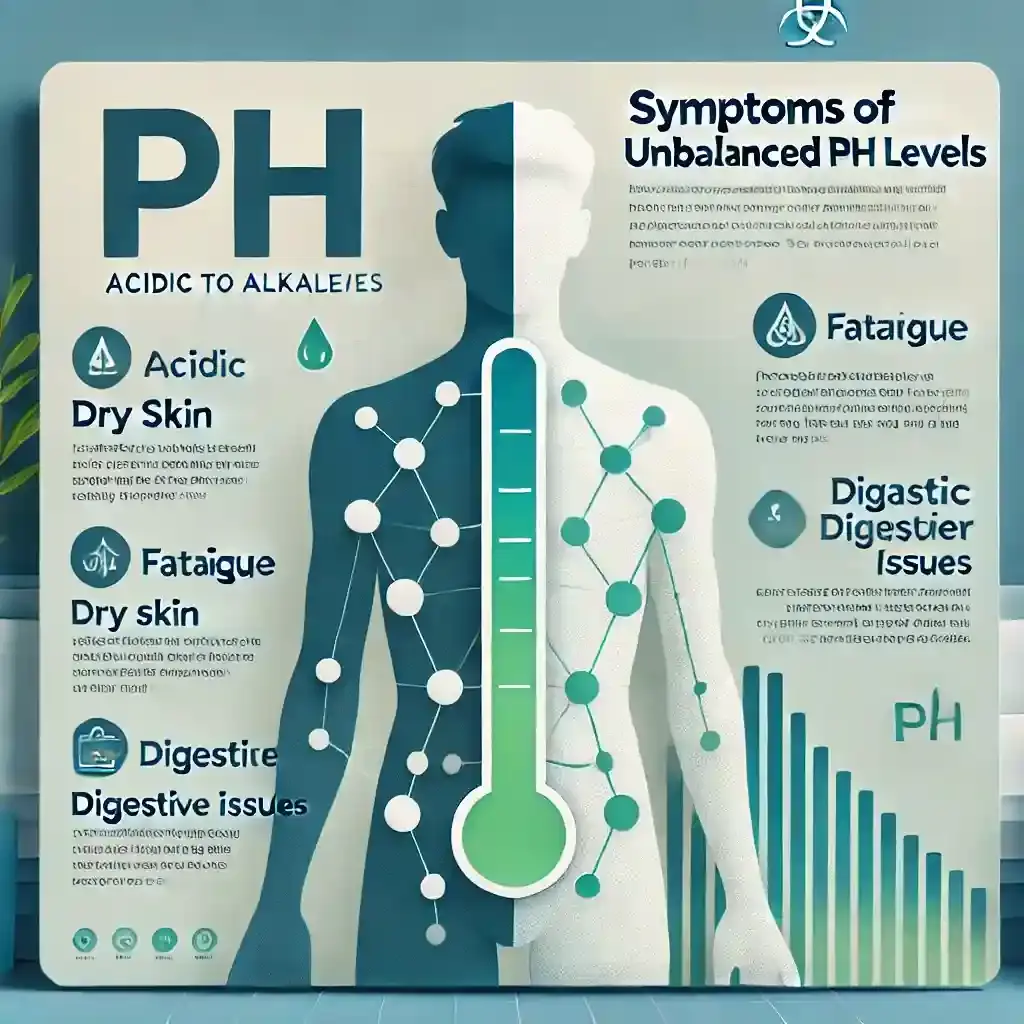Have you ever noticed light bleeding around the time your period is due and wondered if it could mean pregnancy? You’re not alone. Many women experience this and aren’t sure what to make of it. Could it be your period starting early, or is it something else?
This is where implantation bleeding comes into the picture. It can be confusing. The color, timing, and flow might seem different than your usual cycle. And if you're trying to conceive, it raises a big question: how many days after implantation bleeding can you test for pregnancy and actually trust the result? In this blog, we’ll walk through what implantation bleeding looks like, how your body changes during this phase, when hCG starts rising, and when it’s the right time to test without wasting your strip or stressing out.
Let’s explore this step-by-step so you’re not left guessing.
How Many Days After Implantation Bleeding Can You Test for Pregnancy?
You can take a pregnancy test 3 to 5 full days after implantation bleeding ends. This gives your body enough time to produce detectable levels of hCG, the pregnancy hormone.
Here’s how to plan your test:
What to Do:
-
Count 3 full days from the day the bleeding stopped
-
Use a first-morning urine sample for best accuracy
-
Choose a sensitive test (10–25 mIU/mL sensitivity)
-
Repeat test after 48 hours if negative
Common Mistakes to Avoid:
-
Testing on the same day as spotting
-
Using test strips without reading instructions
-
Drinking too much water before testing
-
Expecting a strong line right away
Remember, early signs of pregnancy after implantation may still show up before a test does. Things like fatigue, sore breasts, or mild nausea might show up before a line does.
What Exactly Happens During Implantation (Day-by-Day Timeline)
Implantation is when the embryo finds its place in the uterus. This usually happens between day 6 and day 12 after ovulation, most commonly around day 8 to 10. In fact, 84% of successful pregnancies begin with implantation around this time.
Here’s what typically happens in your body during implantation:
What Your Body Goes Through:
-
Fertilization – Sperm meets egg in the fallopian tube.
-
Cell Division Begins – The fertilized egg divides into many cells.
-
Travels to Uterus – Takes about 3–5 days to reach the uterus.
-
Implantation Begins – The embryo attaches to the uterine lining.
-
Tiny Blood Vessels Break – Causes spotting for some women.
-
hCG Production Starts – This hormone begins rising in your body.
This entire process often goes unnoticed. But when spotting occurs, it’s one of the few visible clues that implantation has occurred.
Only about 30% of women experience implantation bleeding, so not seeing it doesn’t mean you're not pregnant.
Why Does Timing Matter for Pregnancy Testing?
Testing too early after implantation can lead to false negatives. That’s because your body needs time to produce enough hCG (human chorionic gonadotropin), the hormone detected in pregnancy tests. This is why timing matters more than people think.
When wondering how many days after implantation bleeding you can test, the answer isn’t about the spotting itself; it’s about how long your body has had to build enough hCG.
hCG Timing:
-
hCG starts rising 1–2 days after implantation
-
It doubles roughly every 48 hours
-
Most home pregnancy tests detect hCG at 25 mIU/mL or more
If you test too soon, your levels may still be below that line. So you’ll get a negative result, even if you’re actually pregnant.
Spotting Before Pregnancy Test: Should You Test Right After Implantation Bleeding or Wait?
If you notice spotting and suspect implantation, wait at least 3–5 days before testing. Testing early is tempting, but you’re more likely to get accurate results if you hold off a little. Waiting gives your body time to build enough hormones for the test to read correctly.
Timeline: From Ovulation to Testing
Here's a simplified implantation-to-testing timeline to help you track when it’s safe to test after spotting.
| Event | Day (in 28-day cycle) |
|---|---|
| Ovulation | Day 14 |
| Fertilization | Day 14–15 |
| Implantation | Day 20–26 |
| hCG Rise Begins | Day 21–28 |
| Earliest Accurate Test | 3–5 days after bleeding ends (Day 24–29) |
| Best Test Window | Day 12–14 post-ovulation or after missed period |
Pro Tip: If you’re not sure when implantation happened, wait until at least 14 days after ovulation or the day your period is due to test. This reduces your chances of a false negative.
Implantation Bleeding vs. Period: How to Tell the Difference
It’s tricky to tell implantation bleeding from a light period. But there are ways to spot the differences if you know what to look for.
Not sure whether it's implantation or your period? Here’s how to tell them apart:
|
Feature |
Implantation Bleeding |
Period |
|
Timing |
6–12 days after ovulation |
Day 14 or later post-ovulation |
|
Color |
Pink or brown |
Bright red |
|
Flow |
Very light, spotty |
Moderate to heavy |
|
Clots |
No clots |
Often clots present |
|
Duration |
A few hours to 2 days |
3 to 7 days |
|
Cramps |
Mild or none |
Moderate to strong |
If you’re spotting right around the time your period is due, pay attention to flow and color. If the spotting is light and stops quickly, there’s a good chance it’s implantation, not your period. Implantation bleeding vs. period spotting often feels different in both volume and intensity.
Factors That Affect Pregnancy Test Accuracy
Not all pregnancy tests are equal. Many things can affect your result, even when you test at the right time. Be aware of these factors that could cause false results:
1. Timing of the Test
-
Testing too early = false negative
-
hCG needs time to rise
2. Type of Test Used
-
Digital tests need higher hCG levels
-
Ultra-sensitive strips can detect lower levels
3. Urine Dilution
-
Drinking water before testing dilutes hCG
-
Always test with first-morning urine
4. Hormonal Conditions
-
PCOS or fertility meds can alter hormone levels
-
It may give unclear or false positives
5. Expired Tests
-
Always check the packaging
-
Store tests in cool, dry places
Each of these can shift results, and not always in obvious ways. That’s why tracking symptoms after implantation bleeding and being patient with testing is a smarter choice.
Signs to Look For After Implantation Bleeding
Some women experience early symptoms that begin shortly after implantation. These can help guide you before you test.
Symptoms After Implantation Bleeding
-
Fatigue
-
Light cramping
-
Bloating
-
Sore breasts
-
Mood swings
-
Nausea
-
Increased sensitivity to smell
They don’t confirm pregnancy but may help you time your test better.
Early Signs of Pregnancy After Implantation
While not all women feel symptoms early, some notice changes in their body within a few days of implantation. These signs, paired with a missed period, can point to pregnancy, even before a test does.
If you’re spotting, watching for other signs like sore breasts or bloating can help decide when to test.
What to Do if You Get a Negative Test After Implantation Bleeding?
A negative test after spotting doesn’t always mean you’re not pregnant. Sometimes, it just means you tested too soon.
What You Can Do:
-
Wait 2 days (48 hours) and test again
- Use first-morning urine
-
Track symptoms like bloating, fatigue, or sore breasts closely
-
Avoid testing multiple times per day (can lead to anxiety)
-
Avoid overhydration before testing
-
Call your doctor if your period is still late after 7+ days
False negatives are common if testing before day 10 post-ovulation. Give your body time. If you’re still unsure, a blood test can confirm pregnancy sooner than home tests.
Final Takeaway: Timing Makes the Difference in Early Testing
Spotting doesn’t always mean your period is starting. It could be an implantation. But when it comes to how many days after implantation bleeding can you test, waiting just a few days makes all the difference. Rushing to test can cause stress and confusion.
Here’s your testing roadmap:
-
Wait at least 3 to 5 days after implantation bleeding ends
-
Use a highly sensitive test
-
Test with first-morning urine
-
Retest after 48 hours if negative
And most importantly, don’t stress. Early testing is exciting, but accuracy matters more than speed.
Related Read: 10 Signs of Successful Implantation Without Bleeding
अक्सर पूछे जाने वाले प्रश्नों
Can implantation bleeding be heavy like a period?
No, implantation bleeding is light. If you're soaking through pads or seeing large clots, it’s more likely your period. Implantation bleeding usually looks like spotting or pink discharge. If it's heavy and lasts more than two days, you're likely not dealing with implantation.
What’s the best time to test after implantation bleeding stops?
Wait at least three full days after spotting ends. This gives your body enough time to build hCG levels. Testing too early can cause confusion or false results. First-morning urine usually gives the clearest reading.
Is spotting before pregnancy tests a good sign?
It can be. Spotting before your expected period might be implantation bleeding. If it’s light and short, it could signal the start of pregnancy. Watch for early pregnancy signs and test after a few days.
How fast does hCG rise after implantation?
hCG begins rising 1 to 2 days after implantation. It doubles every two to three days. Most tests can detect it within a week. Some women, though, take longer to build high enough levels.
Can implantation happen later than 12 days after ovulation?
Rarely. Most implantation occurs between day 6 and day 12 post-ovulation. Later than that, it could reduce the chances of a healthy pregnancy. If you think you’re late and still seeing signs, speak with a provider.
-User-1754380331.png)
लेखक






